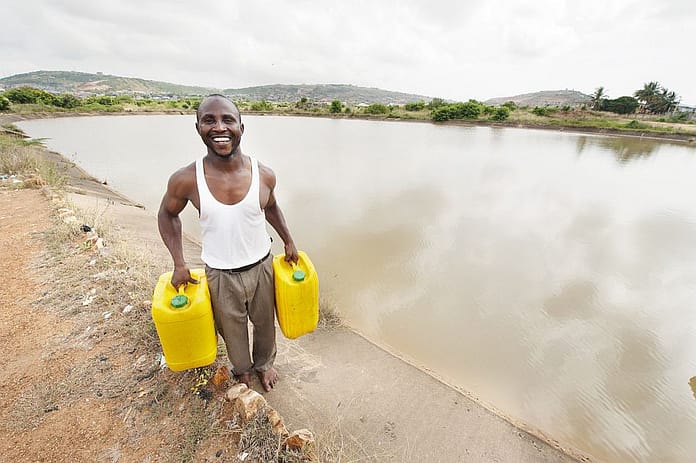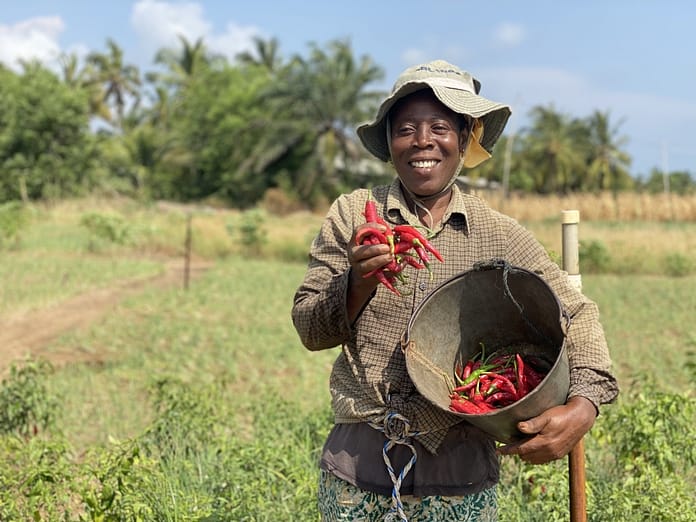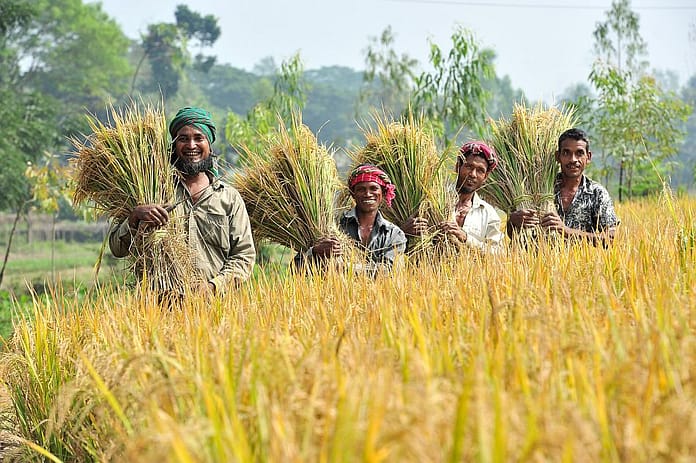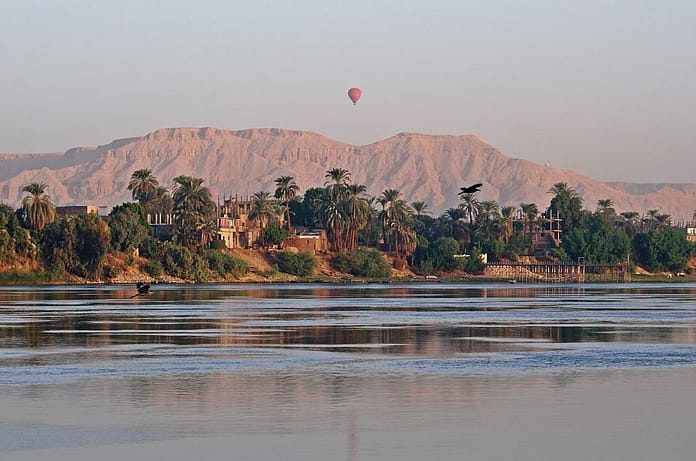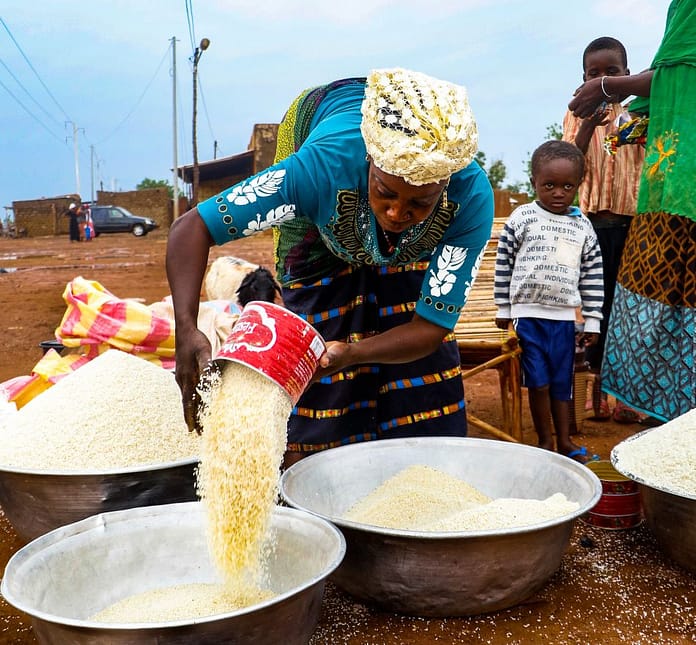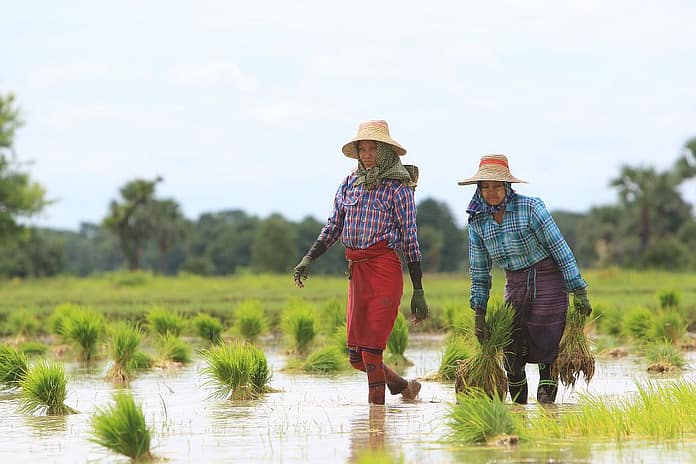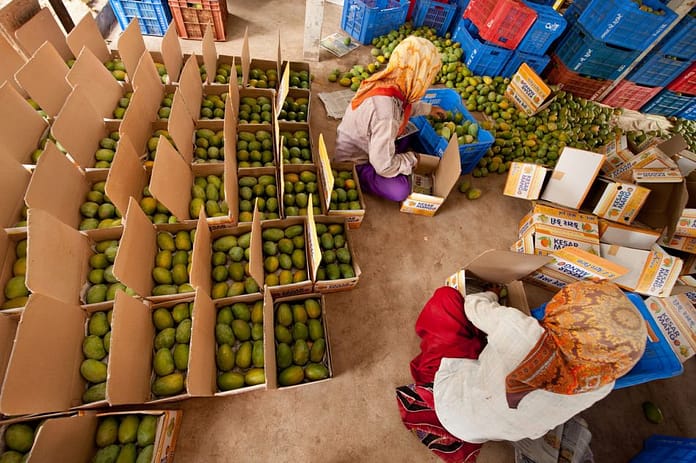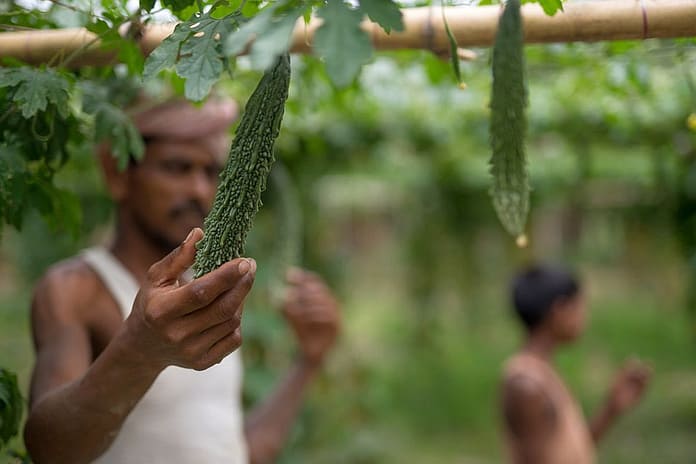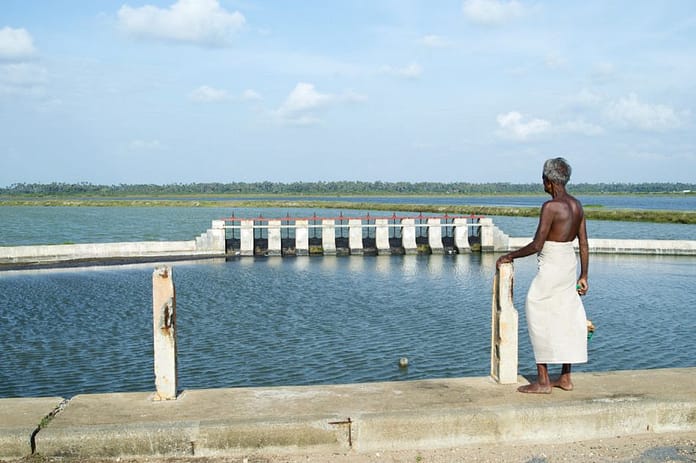A look back on some of the contributions of IWMI researchers to research articles and journals in the past year
By Clara Symmes, Princeton in Asia Fellow, IWMI
In 2021, IWMI experts contributed to articles in research journals that sought to understand, mitigate, and present creative solutions to water-security challenges around the world. Continue reading for an overview of some of the work our researchers accomplished in the last year.

Integrated water resource management to address the growing demand for food and water in South Asia
Growing populations, combined with limited crop land and water resources, make South Asia the region with the highest rate of undernourishment in the world. In order to meet the needs of the region, holistic management of these finite resources is essential. IWMI’s Vishnu Prasad Pandey contributed to a study published in the journal Irrigation and Drainage about how the integrated water resource management (IWRM) approach, which manages water alongside land and other resources, could be a solution to the multifaceted challenges surrounding water and food security in South Asia. The research was largely based on a Nepalese case study which revealed a lack of support systems for IWRM on an institutional level, but the report posits that water user organizations, technological improvements, and awareness-raising efforts could support the effective implementation of IWRM.
Read more here.
Satellite rainfall products outperform ground observations for landslide prediction in India
In countries in the Global South lacking early warning systems, landslides pose a considerable threat. In India, the country with the highest number of non-seismically triggered disastrous landslides, a total of 51 rainfall-induced fatal landslides have been recorded in the last 70 years. IWMI’s Giriraj Amarnath collaborated on a recent report published by the European Geosciences Union presenting satellite rainfall products as a valuable tool for predicting landslides, especially in developing countries. High-resolution satellite imagery was used to measure rainfall on hourly and daily bases, giving researchers the ability to better-predict the risk and location of potential landslides. The results from the study present an opportunity to mitigate landslide damages in remote areas.
Read more here.
Establishing the foundation for the global observing system for marine life
Climate change and pollution threaten the health of oceans. To understand the scope of the effect of human activities on these ecosystems, coordinated observations of marine biodiversity are necessary.
However, IWMI’s Lisa-Maria Rebelo recently collaborated on a study that found documentation of marine biodiversity to be limited and uncoordinated. The study revealed that organized survey programs actively engaged in the long-term, systematic sampling of marine life only surveyed around seven per cent of the ocean surface area and were concentrated in the coast regions of the United States, Canada, Europe, and Australia. These inconsistent tracking practices make it challenging to “deliver critical information required for informed decision-making.”
Read more here.
Examining migration governance: evidence of rising insecurities due to COVID-19 in China, Ethiopia, Kyrgyzstan, Moldova, Morocco, Nepal and Thailand
For many of us, the COVID-19 pandemic brought about a period of staying home. But for migrant workers around the world (and those relying on their labor), staying home meant disruptions to the livelihoods of millions of people. IWMI’s Mengistu Dessalegn collaborated with a team to study the impacts of the pandemic on migrants, as well as on origin and hosting countries in Asia, Africa, and Eastern Europe. In order to support migrants and the communities and industries relying on them, the published paper reports the need for greater international collaboration and the strengthening of mobility migration frameworks and policies.
Read more here.
Revisiting the levels of aerosol optical depth in South-Southeast Asia, Europe and the United States amid the COVID-19 pandemic using satellite observations
At the start of the COVID-19 pandemic, factories, industry, and transportation drastically decreased their activities and, in some cases, came to a complete halt. This provided an opportunity to examine the effects of reduced emissions on air quality around the world. This paper, which featured work from IWMI’s Surajit Ghosh, examined the effects of the shutdown on air pollution in countries in South and Southeast Asia, Europe, and the United States. Researchers found that while the lockdown provided a temporary solution to air pollution, industries must switch to a cleaner, more environmentally sustainable mode of production and energy to combat long-term air quality issues.
Read more here.
Throughout 2022, we invite you to stay tuned to the IWMI blog for additional periodic updates on IWMI contributions to key research journals around the world.


